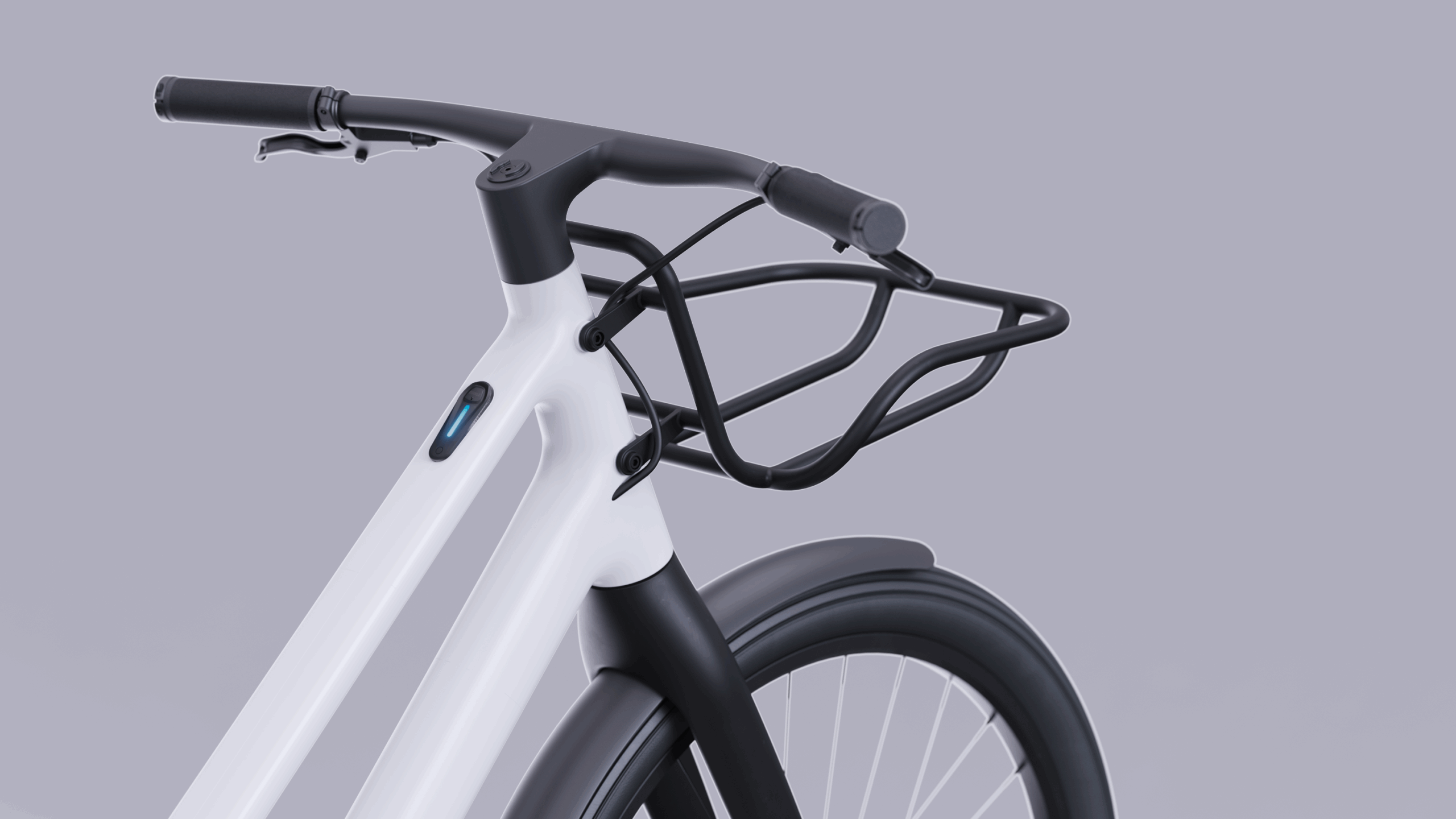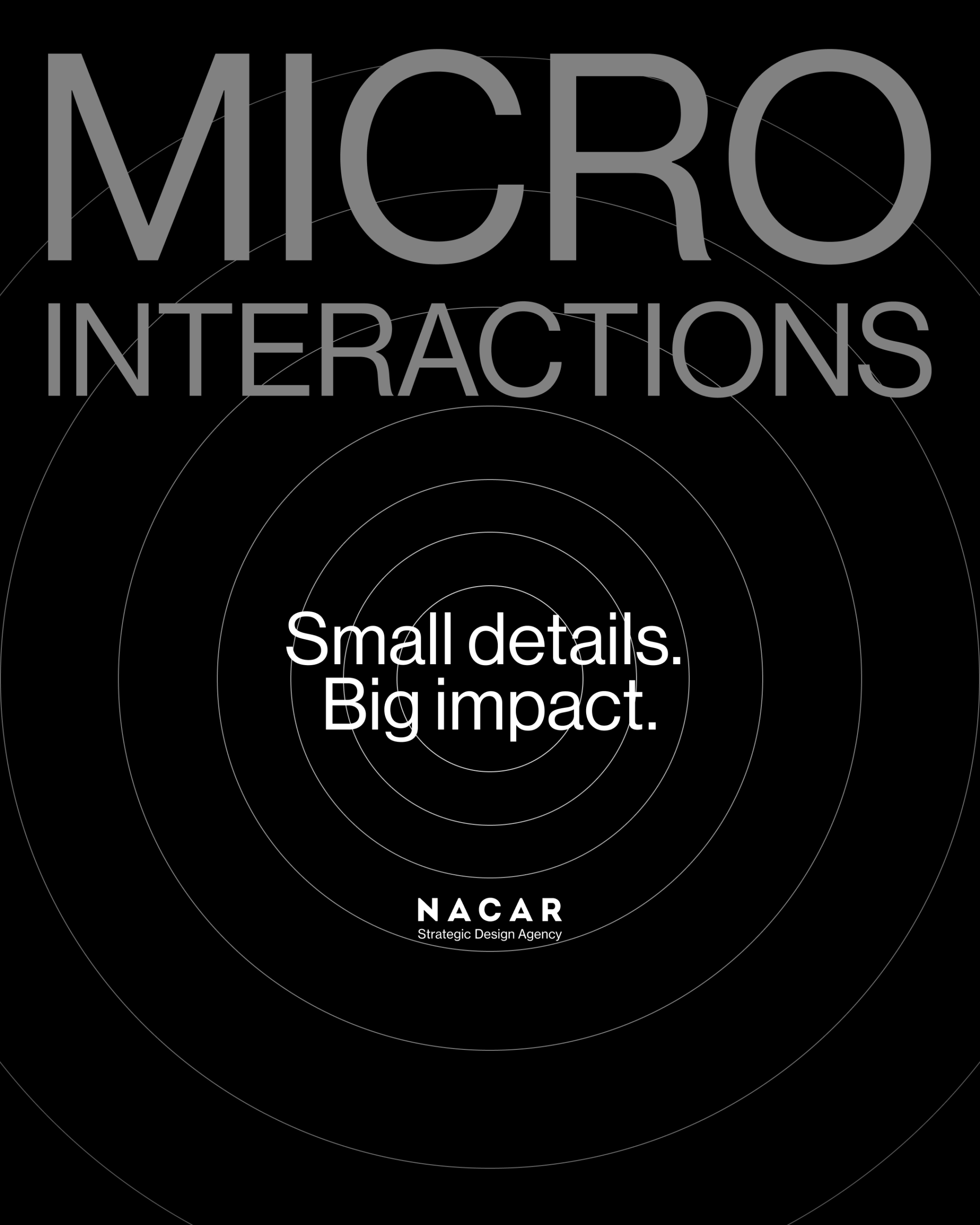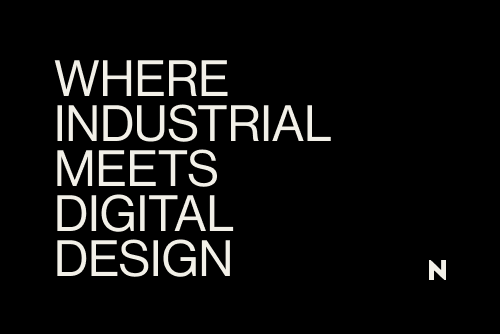
6 Shifts by Design: iF Design Trend Report 2024
- Nacar Design
We have immersed ourselves in the 233-page iF Design Trend Report 2024. Within its pages, we uncover six transformative trends that are reshaping the landscape of design and leaving a significant mark on the future. From sustainable innovations that impact individual lifestyles to immersive experiences that resonate on a global scale, let's distill the essence of this comprehensive report and explore the strategic implications for businesses worldwide.
As industries rapidly evolve and converge, staying ahead is crucial for designers and businesses. The iF Design Trend Report 2024, developed by iF alongside The Future: Project, offers valuable insights into the transformative trends impacting the design sector. Instead of following conventional linear megatrends, these insights are flexible and actionable, enabling designers to effectively address societal needs and challenges.
"AI supports various stages of the design process, notably in conceptualization, yet human input remains vital for final refinement. However, there is potential for AI to evolve from being just an executor to also serving as a consultant for creative decision-making."
— Bern Donadeu, Co-founder and Design Director of Nacar Design
Conscious Economy
The Conscious Economy trend emphasizes design reshaping the work environment to be more creative, healthy, sustainable, and collaborative. As AI technologies advance, designers have the opportunity to redefine work processes, making them more efficient and aligned with purpose-driven goals. The integration of AI tools in design allows for enhanced creativity and productivity, fostering a new economy where work serves a greater purpose.
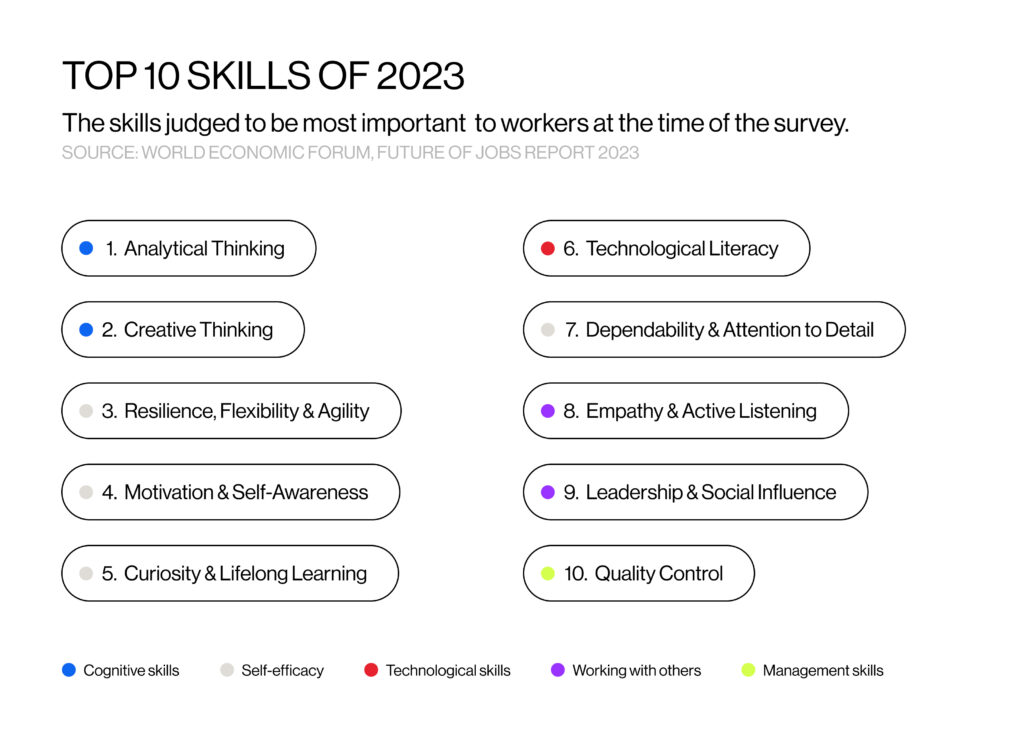
Human Digitality
Human Digitality focuses on design humanizing technology, ensuring that digital solutions enhance user experiences seamlessly. This trend involves the development of AI companions, voice assistants, and other digital interfaces that provide intuitive and responsive interactions. The goal is to create technology that feels natural and supportive, enhancing everyday life without overwhelming users.
Co-Society
The Co-Society trend highlights the importance of design in improving public spaces and fostering community engagement. Through co-design and participatory processes, designers can create inclusive and democratic environments that reflect the needs and values of diverse communities. This approach ensures that public spaces are welcoming, functional, and beneficial to all users.
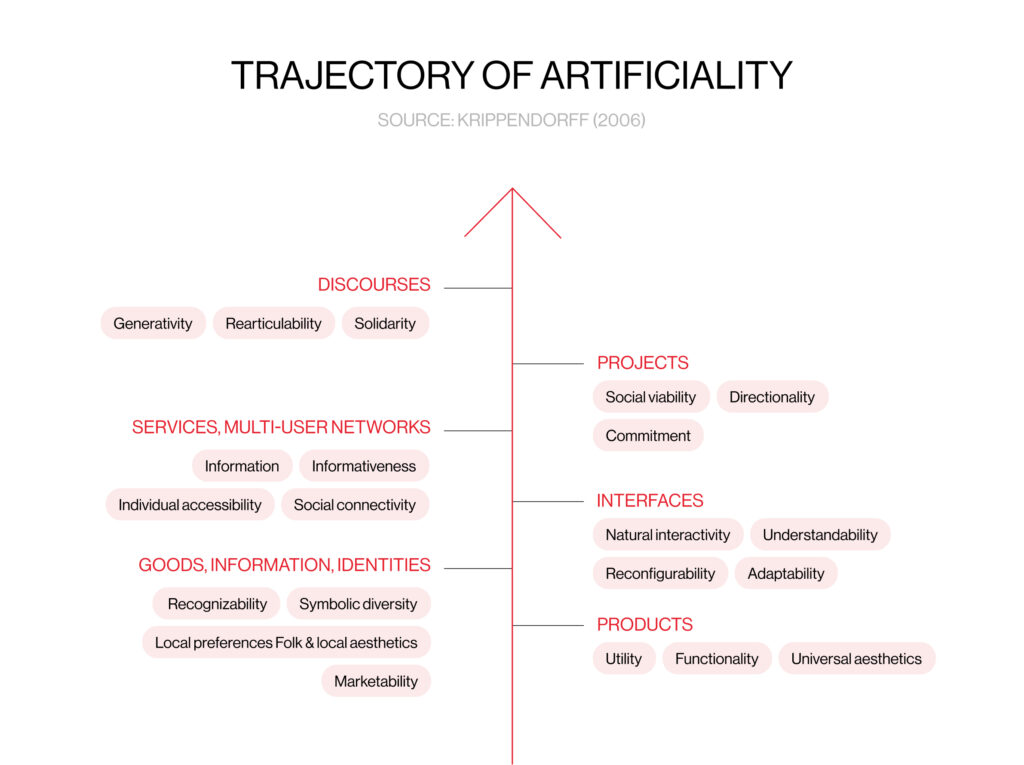
Eco Transition
The Eco Transition trend is about driving the climate transition forward through sustainable design practices. This includes circular design principles, materials innovation, and creating products that support climate adaptation and resilience. Designers are tasked with developing solutions that minimize environmental impact and contribute to a sustainable future.
Mindshift Revolution
Supporting a new era of wellbeing, the Mindshift Revolution trend prioritizes mental and physical health in design. This involves creating environments and products that promote holistic wellness and reduce stress. By focusing on ergonomic design, natural elements, and spaces that encourage relaxation and mindfulness, designers can contribute to a healthier society.
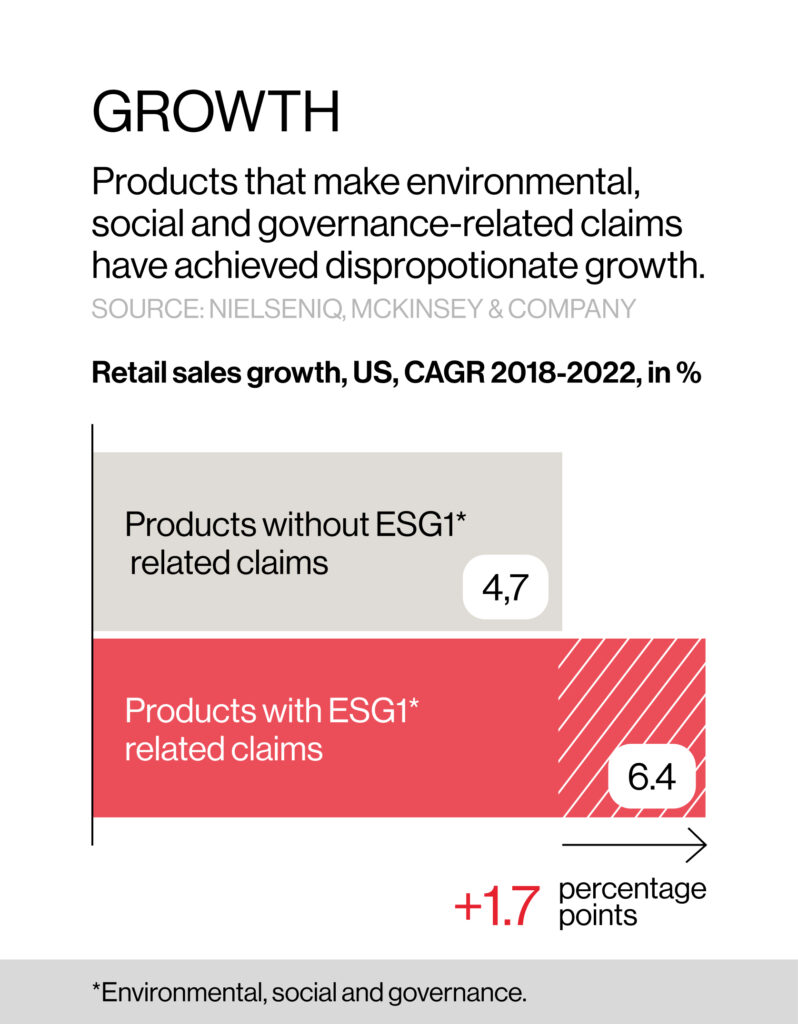
Glocalization
Glocalization bridges global and local perspectives, ensuring that designs resonate across cultures while maintaining local relevance. This trend encourages the use of local materials, traditions, and needs in combination with global design standards. By doing so, designers can create products and services that are culturally sensitive and widely appealing.
Conclusion
The iF Design Trend Report 2024 offers valuable insights into the key trends that will shape the future of design. By understanding and embracing these transformations, designers can create impactful solutions that address societal challenges and improve quality of life. At Nacar Design, we are committed to leveraging these trends to drive innovation and deliver designs that make a difference.
